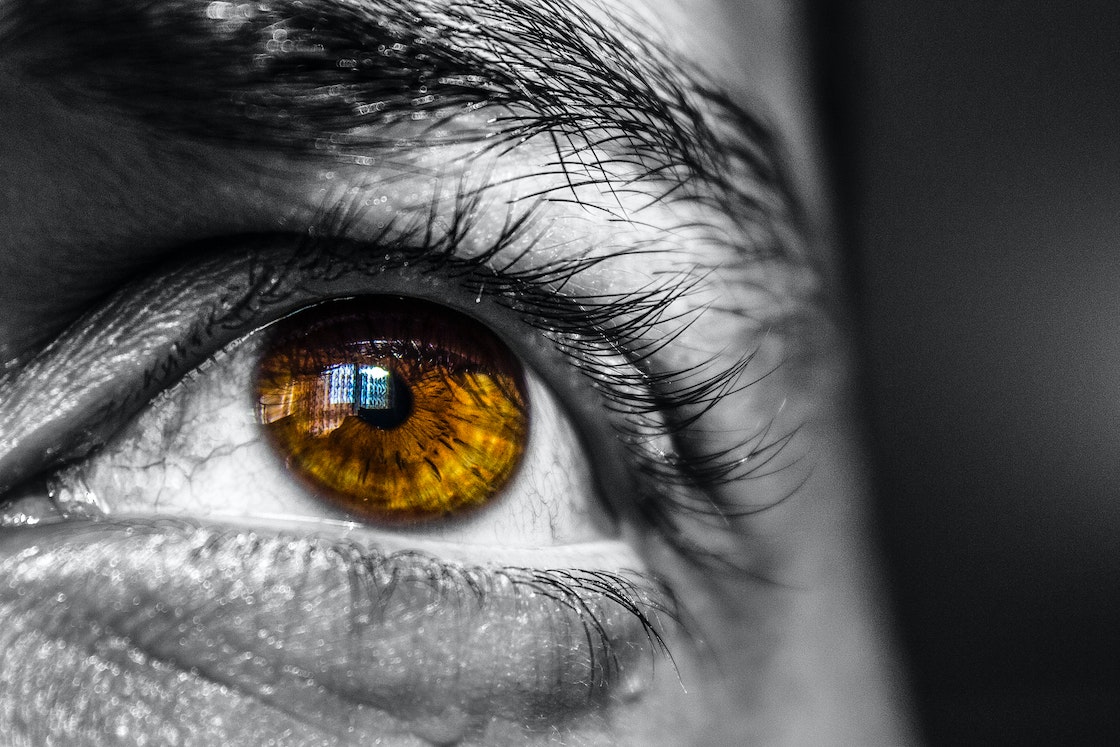Do you have extra skin on your eyelids or have hollowed eyes? If you answered yes, blepharoplasty, or eyelid surgery, is the answer to your problems. Whether you already know about this treatment or are just learning about it, you may have wondered if you need to pay for this type of procedure out of pocket or if it’s covered by insurance.
It can be difficult to pinpoint whether this is a medical need or a cosmetic one, so we’ve broken it down for you here.
“[BlueCross BlueShield of North Carolina] will provide coverage for Reconstructive Eyelid Surgery specifically Blepharoplasty and/or Brow Lift Surgery when it is determined to be medically necessary because the medical criteria and guidelines shown below are met.”
BCBSNC Corporate Medical Policy, Reconstructive Eyelid Surgery and Brow Lift
Table of Contents
What Is Eyelid Surgery?
Eyelid surgery, also known as functional eyelid surgery, may improve eyesight for certain patients. One technique that could fit into this category is an upper eyelid lift. This comprises blepharoplasty, ptosis correction for the eyelids, and brow lift surgery.
The procedure aims to remove extra skin from the upper eyelids or to open the eyelids further, and is most often related with cosmetic surgery and aesthetic-type procedures.
Some individuals may see better with their eyelids slightly wide, and most often, people raise their eyebrows frequently to open their eyes, which is an indication of a drooping eyelid. Eyelid surgery can be performed for two different reasons; cosmetic needs or a medical need; which at the end of the day plays a role in the payment portion of the surgery.
Why Do People Opt To Get Eyelid Surgery?
It takes a lot of thought and consideration to decide to get eyelid surgery. However, those sagging, drooping eyelids could become too much to manage at some point, therefore people look for options to reduce the extra skin on their eyelids. But when is eyelid surgery covered by insurance, and what criteria must be met for it to qualify as a covered medical procedure? A few things can play a role in the determination of the cost of the procedure.
Is Eyelid Surgery For Aesthetic Purposes Covered?
Surgery on the eyelids is often done to improve face attractiveness. To make the top eyelids seem younger, the surgery removes extra skin and fat. Additionally, loose skin and tissue on the lower eyelids that cause puffy bags beneath the eyes may be removed with eyelid surgery.
Eyelid surgery is seen as elective when carried out primarily for aesthetic purposes and is thus not covered by health insurance. If it is determined that eyelid surgery is medically essential, health insurance may pay for it. This may be rather difficult to prove in certain instances, though many plastic surgeons can help guide patients through parts of the process.
What Factors Play A Role In Possibly Getting The Surgery Covered?
The decision may be influenced by a number of factors, such as how the eyelids impact your day-to-day activities.
Heavy skin that hangs over the lash line and obstructs vision is removed during functional eyelid surgery. Daily tasks like driving, reading, and sending text messages might become challenging due to visual impairment brought on by extra, hanging upper eyelid skin.
When deciding whether to pay for eyelid surgery, the majority of insurance companies want evidence in the form of a visual exam. A board-certified eye doctor, such as an oculoplastic surgeon, must conduct the vision test first to find out if you’re covered.
The surgeon takes images of the issue and submits them to the patient’s insurance company if the vision test reveals a visual impairment. Depending on the patient’s particular coverage plan, the insurance provider may pay the whole cost of eyelid surgery or only a portion of it.
When Is Surgery On The Eyelids Covered?
As we’ve previously mentioned, there are certain requirements that must be met in order for insurance to pay for upper eyelid surgery. Instead of being carried out for aesthetic purposes, the treatment must be declared “medically required.” When deciding whether insurance is likely to cover your particular situation, keep the following in mind:
- The surgery will be reimbursed by insurance if the extra eyelid skin from the upper eyelid severely and unmistakably impairs your eyesight.
- You must also have a medical examination that is recorded in order to be covered by insurance. A visual field test that shows noticeably better vision when the eyelid skin is temporarily taped out of the way could also be necessary.
- Even if you may think it has an impact on your everyday life, there’s a risk the insurance provider won’t pay for it.
Determining if your insurance provider can and will pay for your eyelid surgery might be challenging. To find out if you are eligible for a covered procedure or not, the first step in the process is to be evaluated by a specialist.
[Photo by Burak Kostak]


